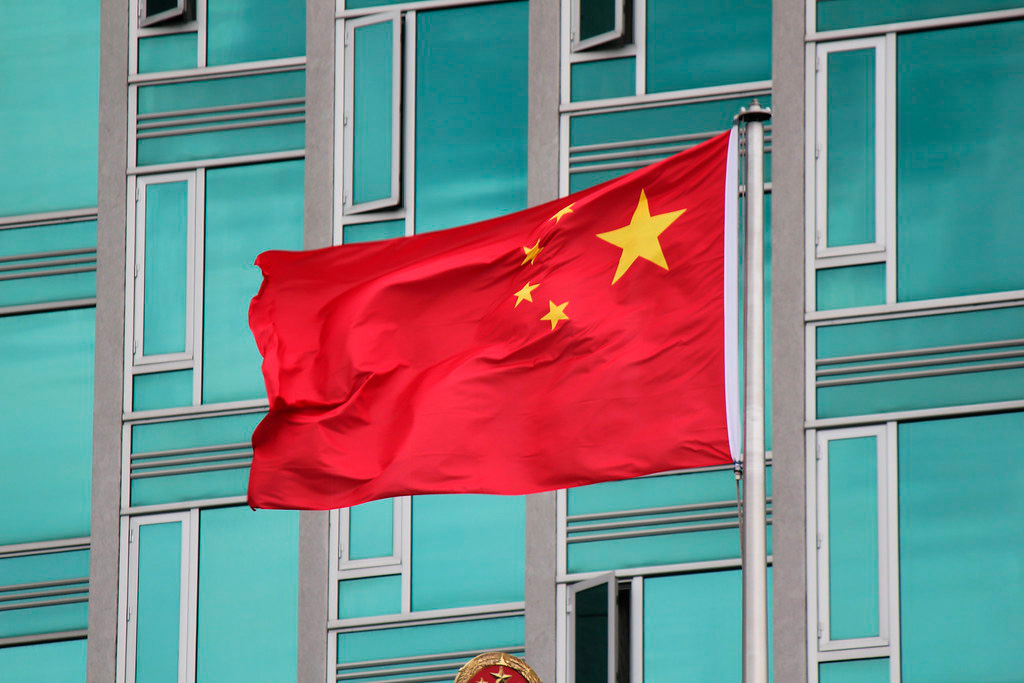In the world of communication through the world’s oceans, a sinister strategy of technological warfare is appearing, with China emerging as a calculated predator of global communication networks. The systematic targeting of undersea cables represents a form of geopolitical manipulation that threatens international connectivity and strategic stability. The most recent assault occurred in Taiwan, where a Chinese-linked cargo vessel was meticulously intercepted after damaging the Trans-Pacific Express Cable, a critical communication link connecting multiple countries. The vessel, operating under the deceptive name “Xing Shun 39”, employed an intricate strategy of maritime subterfuge by using dual Automatic Identification System (AIS) transponders to mask its true identity. The presence of seven Chinese nationals aboard the ship eliminates any possibility of accidental interference, instead pointing to a deliberate and calculated operation.
Similar strategic attacks have unfolded across international waters. In the Baltic Sea, two undersea internet cables linking Lithuania, Sweden, Finland, and Germany were severed within a mere 24-hour window. The Chinese-flagged vessel Yi Peng 3 was positioned with surgical precision near both cable locations, prompting Germany’s defense minister Boris Pistorius to declare unequivocally that “Nobody believes these cables were accidentally cut.” These are not isolated incidents but part of a meticulously planned pattern of infrastructure disruption. In October 2023, another Chinese-flagged container ship, the New New Polar Bear, was responsible for severing submarine cables and an undersea gas pipeline between Finland and Sweden. China’s repeated claims of accidental damage ring hollow in the face of such systematic and strategic attacks.
The strategic implications are profound and multifaceted. Undersea cables are the fundamental arteries of global digital communication, carrying nearly all transcontinental internet traffic. By targeting these vulnerable points, China can potentially orchestrate massive disruptions to economic activities, compromise critical communication networks, and gain significant technological advantages that extend far beyond immediate physical damage. For Taiwan, the stakes are existentially high. As the home of TSMC, the world’s most sophisticated semiconductor manufacturer, any disruption to communication infrastructure could dramatically impact global technology supply chains. This strategic vulnerability directly benefits China’s domestic technological ambitions, potentially undermining Taiwan’s critical role in global technological innovation.
Experts describe these tactics as “gray zone harassment” – a calculated strategy of destabilization and intimidation that strategically avoids direct military conflict. The statistical evidence is alarming. Between 2017 and 2023, Taiwan experienced approximately 30 cable breaks, including significant disruptions that left entire regions with compromised internet connectivity. China’s maritime aggression extends far beyond cable sabotage. In a single month, nearly 90 Chinese vessels entered waters around Taiwan in the largest such operation in decades. The deployment of militarized fishing vessels and coast guard ships represents a broader strategy of territorial pressure and psychological warfare, designed to gradually erode Taiwan’s strategic resilience.
The international community is responding with increasing alarm. European governments are treating these incidents with grave concern, with Lithuania’s defense minister warning that without a robust response, “Hostile nations will keep pushing the line.” Legal experts anticipate investigations that could span years and potentially establish critical international precedents for handling undersea infrastructure sabotage. The brilliance of China’s approach lies in its strategic ambiguity and plausible deniability. The vast, unmonitored expanses of the ocean make continuous surveillance impossible, and physical evidence of deliberate damage remains challenging to conclusively prove. This calculated approach allows China to maintain a facade of diplomatic innocence while systematically undermining global communication infrastructure.
In response, Taiwan is developing innovative backup systems involving low-Earth orbit satellites, explicitly avoiding providers with extensive Chinese business ties. International legal experts emphasize the complex diplomatic and legal questions raised by these incidents, potentially leading to unprecedented international actions that could reshape global maritime conflict resolution. These are not mere technical disruptions but calculated psychological warfare designed to test international resolve, demonstrate technological capabilities, and exert geopolitical pressure without triggering direct military confrontation. By targeting the invisible lifelines of global communication, China is waging a silent war that challenges the very foundations of international technological infrastructure.
The world must recognize these actions for what they are, which is deliberate, strategic attacks on the critical communication networks that sustain our interconnected world. Passive responses will only embolden further provocations. Robust diplomatic, economic, and technological countermeasures are essential to protect the digital infrastructure that underpins global connectivity. The battle for technological supremacy is no longer fought solely on land or in cyberspace, but in the silent, strategic depths of our world’s oceans where the next frontier of global conflict is being quietly, methodically waged.

